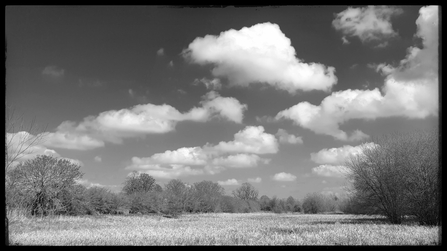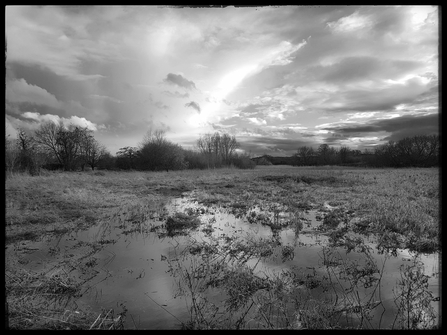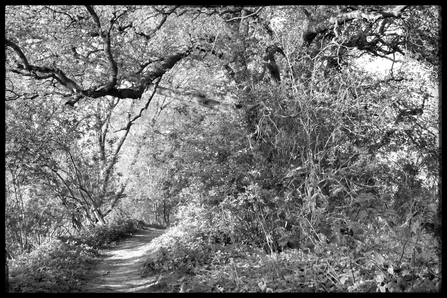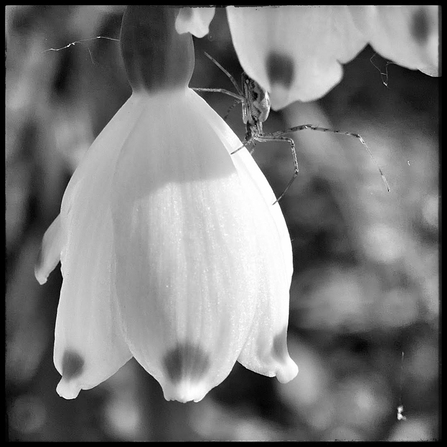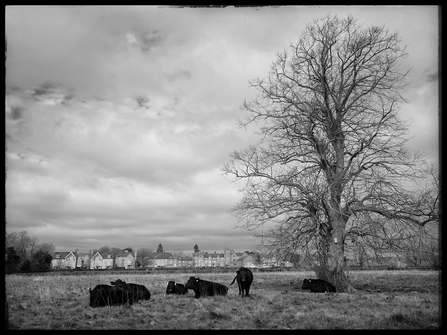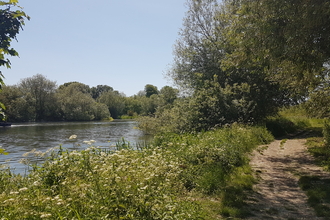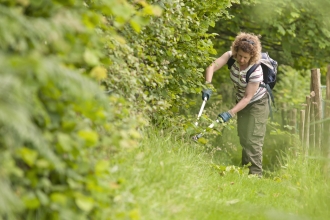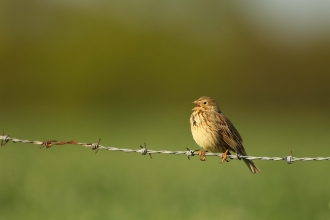In this blog series members of our team share a photo of their favourite spot on our reserves, and tell us the story behind it: what makes it so special, and the work that goes in to maintaining it. There’s always more than first meets the eye!
This month Ed Munday talks about our living neighbours, letting a place open itself to you and all the wintry magic of Cholsey Marsh.


